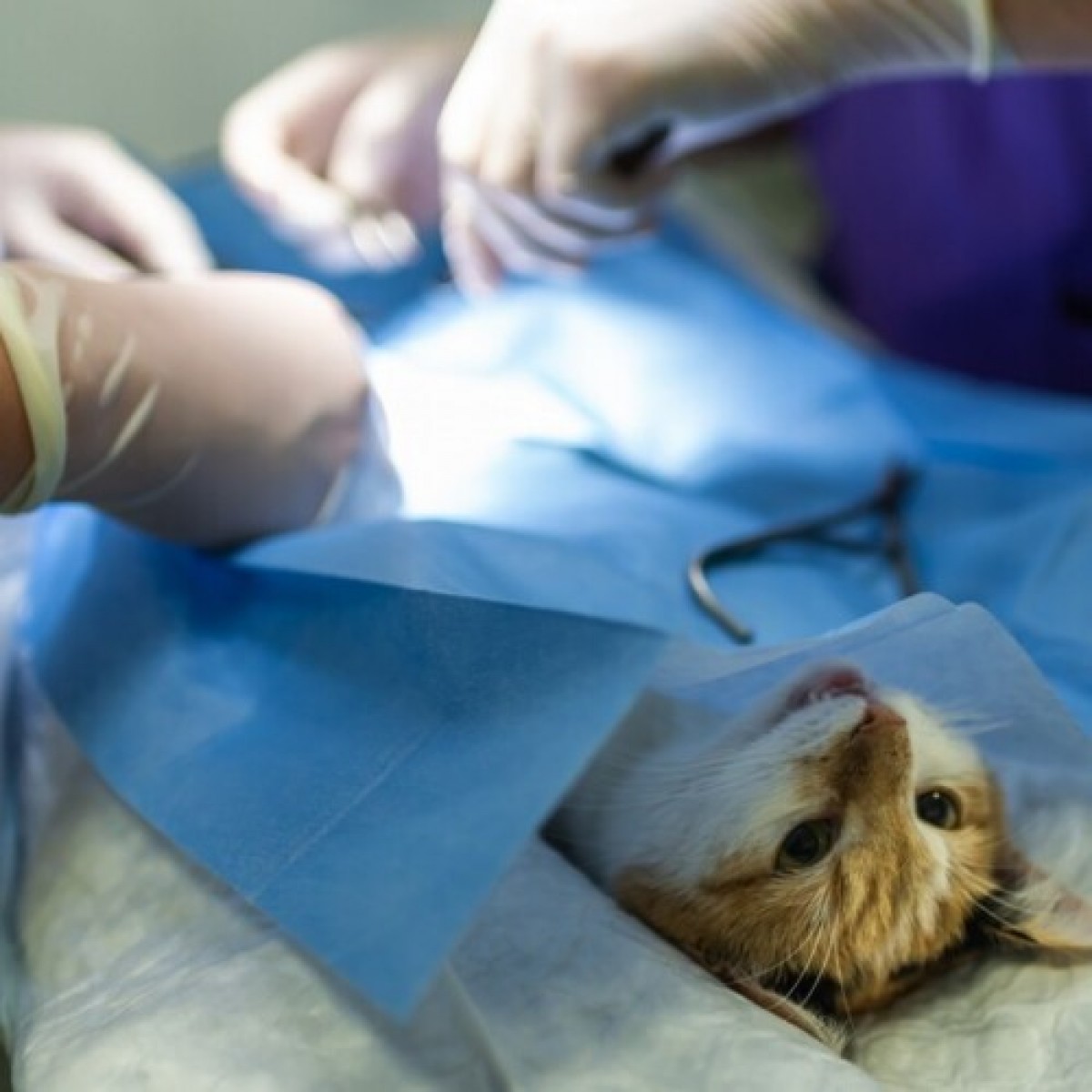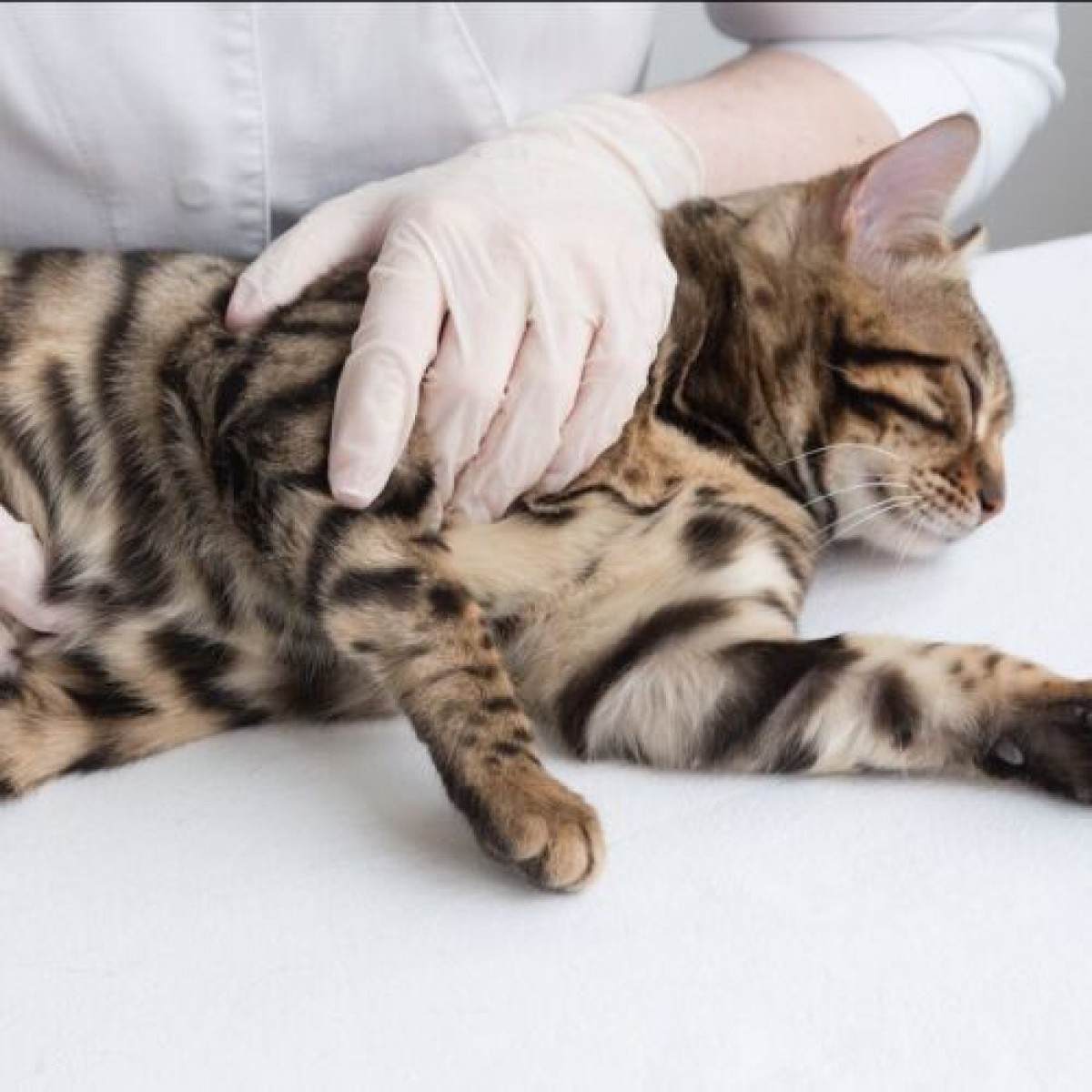Credelio® Cat—The First Oral Flea and Tick Product for Cats
by Jenny Alonge
Fleas and ticks are more than an irritating nuisance for cats. These parasites can cause allergic reactions and internal parasite infections, and transmit debilitating diseases. Some cats are allergic to a flea’s saliva and will suffer uncontrollable itching. If swallowed during grooming, fleas can also transmit tapeworms that will attach to the cat’s intestinal lining and steal nutrients. A heavy flea infestation can result in significant anemia leading to death, especially in kittens and geriatric cats. Tick bites can easily become infected, and these unwanted passengers also transmit illnesses, such as Lyme disease, hemobartonellosis, and cytauxzoonosis, which can cause serious complications and can be life-threatening. Until recently, the only flea and tick prevention products available have been topical applications and treated collars. On May 4, 2021, Elanco Animal Health Incorporated introduced Credelio Cat, the first oral flea and tick product for cats.
How does Credelio Cat work?
Credelio Cat is available in 12 and 48 mg chewable tablets that are given orally once monthly at a minimum dosage of 6 mg/kg in cats 8 weeks and older, and weighing two pounds or greater. Fleas are killed as soon as six hours following administration, and peak drug concentrations occur in 24 hours. The product also protects cats 6 months and older against the black-legged tick, the most common tick affecting cats in the United States. The active ingredient in Credelio Cat is lotilaner, an ectoparasiticide belonging to the isoxazoline group. Lotilaner works by inhibiting the gamma-aminobutyric acid (GABA)-gated chloride channels in insects, ticks, and mites. This action blocks chloride ions from crossing cell membranes, which results in uncontrolled neuromuscular activity and death in these parasites.
Is Credelio Cat effective?
Credelio Cat has been proven effective and palatable in several well-controlled studies.
- A laboratory study demonstrated that Credelio Cat began to kill fleas six hours after administration, and after 12 hours, 98 percent of fleas were dead. After 24 hours, 100 percent of the fleas had been killed.
- In a 90-day field study conducted in cats with existing flea infestations of varying severity, Credelio Cat was 98.5% effective on day 30, 100 percent effective on day 60, and 100 percent effective on day 90. Eliminating the fleas greatly improved the cat’s quality of life. Cats who were affected by flea allergy dermatitis showed improvement in their signs, including erythema, papules, alopecia, dermatitis, pyodermatitis, and pruritus.
- Another laboratory study demonstrated that Credelio Cat killed fleas before they could lay eggs, preventing subsequent flea infestations for 30 days once treatment is started.
- A subsequent laboratory study demonstrated that Credelio Cat had a greater than 97 percent effectiveness against black-legged ticks 72 hours after administration.
- In a United States field study, 99.5 percent of owners were able to administer the product to their cat successfully. The oral medication, which contains vanilla and yeast scent and flavoring, has been specifically designed to appeal to cats. The study included 648 doses administered to 225 cats. When the product was offered by hand, on the floor, or in an empty bowl, cats consumed 21.1 percent of the doses voluntarily. When the product was offered with food, 25.8 percent of doses were consumed voluntarily, while 52.6 percent of doses had to be administered by placing the chewable tablet in the back of the cat’s mouth.
What are possible adverse effects of Credelio Cat?
In a well-controlled United States field study involving 341 cats, 228 cats were treated with Credelio Cat and 113 cats were treated with a topical active control. No serious adverse reactions were noted. Two geriatric cats developed mildly elevated blood urea nitrogen, and one of these cats, who had suspected pre-existing kidney disease, also developed a mildly elevated serum creatinine.
In foreign markets, the following adverse effects were reported during post-approval use:
- Tachypnea and tachycardia
- Hyperactivity
- Vomiting and anorexia
- Hypersalivation
- Tremors, ataxia, and seizures
- Anaphylactic reactions resulting in death
In a margin of safety study involving 32 8-week-old cats, eight cats were given Credelio Cat at 26 mg/kg (i.e., the maximum recommended dose), eight cats were given 78 mg/kg (i.e., three times the maximum dose), and eight cats were given 130 mg/kg (i.e., five times the maximum dose). The eight remaining cats in the control group were not treated. No clinically relevant, treatment related effects were seen on physical or neurologic examinations, or on gross pathology.
Lotilaner is a member of the isoxazoline class, which has been associated with neurologic signs, including tremors, ataxia, and seizures, in cats who did not have a history of neurologic reactions. Therefore, Credelio Cat should be used cautiously in cats with a history of a neurologic disorder. The product’s safety has not been evaluated in breeding, pregnant, or lactating cats.
Flea and tick control is important for all cats year-round. Cats who are kept solely indoors can easily be affected by these parasites, if they hitch a ride on their owner or other pets and gain access to the house. While fleas and ticks are more active in the summer months, they are not completely inactive in the winter, making year-round administration crucial for protecting cats from unwanted consequences. Credelio Cat makes this endeavor easier to accomplish for cats who find the product palatable.


.png)










List
Add
Please enter a comment